Hunger crisis threatens West and Central Africa as lean season looms
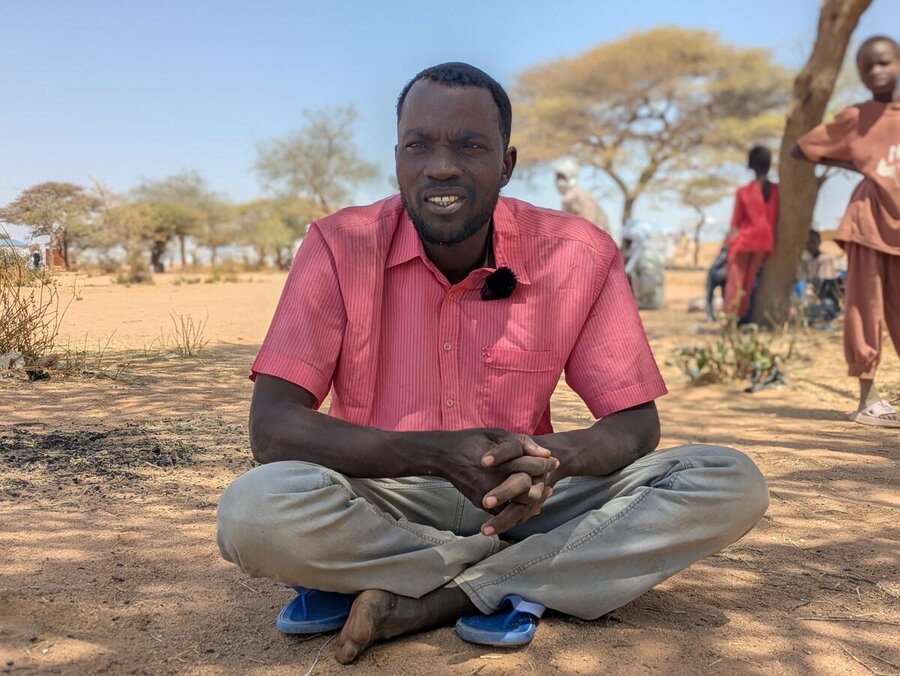
Hunger and Sudan’s horrific war pushed Abdelminime Moussa from his homeland. Sitting in the sand at eastern Chad’s Koursigue refugee camp, the Sudanese father describes how his family fled assailants who surrounded their village in North Darfur, just across the border.
“We had nothing,” Moussa says of their arrival earlier this year at this desolate camp, sprinkled with white tents, thorn trees and not much else. “I manage as best as I can to feed my children.”
For now, the survival of families like Moussa's depends almost entirely on World Food Programme (WFP) rations of vegetable oil, salt, sorghum and split peas. But that precious food risks drying up altogether, as refugees keep pouring in and funding shrinks. And there are few other alternatives to stay alive.
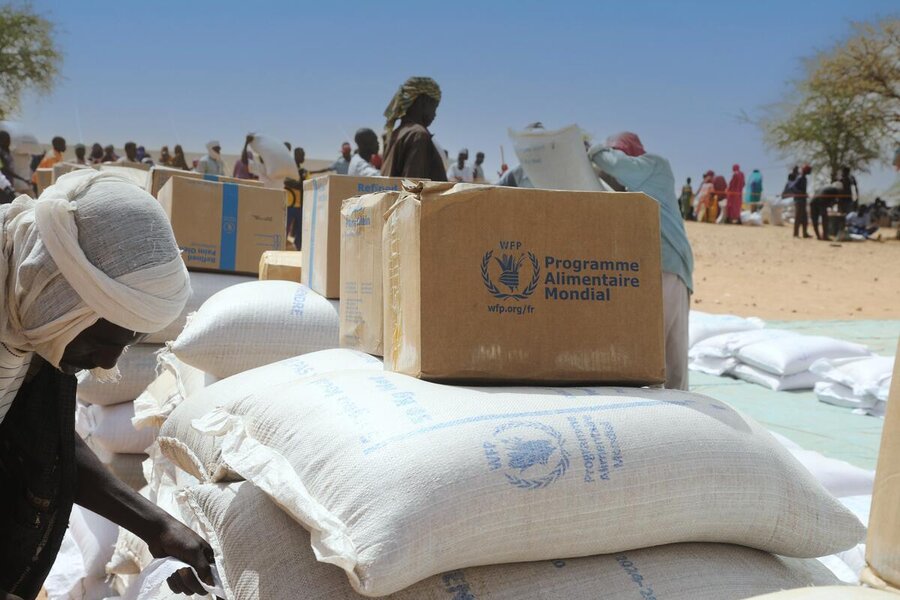
Across West and Central Africa, desperation and hunger are on the rise, driven by a grim confluence of soaring prices, extreme weather events, conflict and a sharp drop in humanitarian assistance.
Nearly 53 million people will face severe food insecurity during the region's June-August lean season - 16 million more than earlier this year - according to expert hunger findings. Almost 3 million people risk emergency or catastrophic hunger, the highest hunger levels. Even as needs soar, a funding shortfall has forced WFP to cut food assistance to millions during the hardest months of this year.
“Things are very bad; Niger and Mali, for example, have seen funding cuts of more than 45 percent, compared to last year," says Margot van der Velden, WFP Regional Director for Western Africa. "It’s a continuously worsening trend in terms of food security and malnutrition. And the flooding outlook in 2025 is also worrying.”
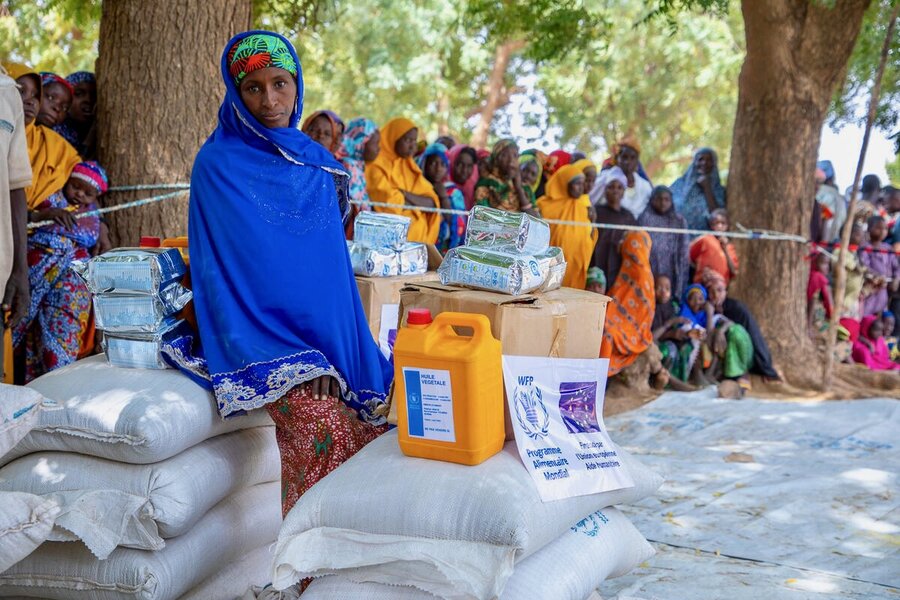
Today, WFP needs US$710 million to reach 5.6 million of the most vulnerable people over the next six months, including malnourished children and pregnant and nursing mothers. That’s less than half the nearly 12 million people we had originally planned to assist.
“It’s now down to an emergency, prioritized group of people,” van der Velden says. “If we’re forced to cut their assistance, they’ll likely migrate, starve or have no options but to take up arms.”
Displaced people most at risk
Conflict, population displacement, economic crises and more frequent and severe floods count among the top regional hunger drivers. The fallout is far-reaching: deepening malnutrition and heightening tensions and competition among communities over scarce resources. Refugees and internally displaced people are among those hardest hit.
That’s the case in Chad, where more than 3.7 million people are expected to face severe hunger in the coming months. Many include the 1.4 million refugees Chad hosts - the majority of them conflict-displaced Sudanese.
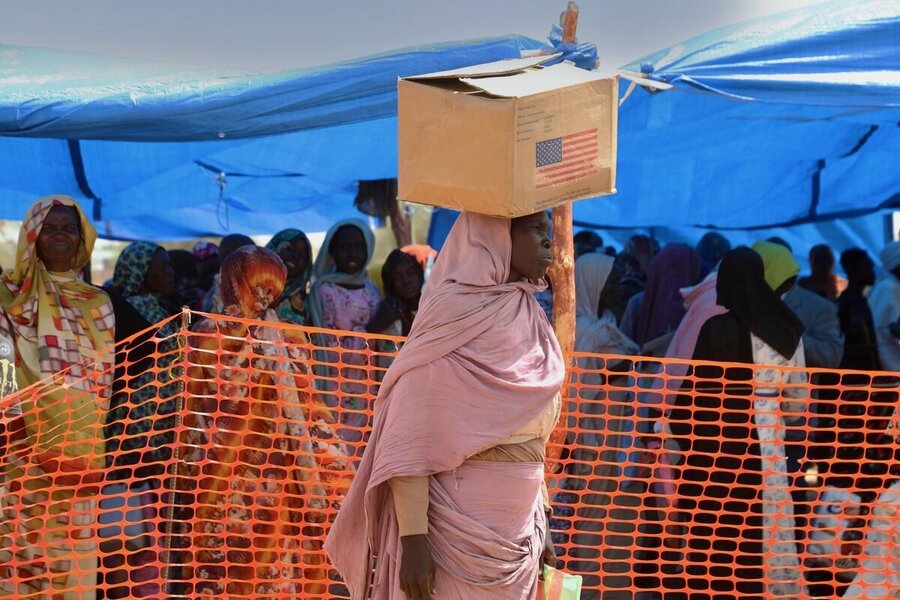
“My only wish for the future is not to be hungry,” says 25-year-old Makka Ahmat Haroun. Like Moussa, she hails from Sudan’s North Darfur State, arriving at Koursigue camp alone earlier this year.
“These people have mostly left everything behind,” WFP’s van der Velden says of the millions displaced across the region. “They have no livelihoods, and there’s often no access to land and basic services. They’re often entirely reliant on the local community or what host governments can provide.”
In neighbouring Cameroon, unrest is also driving soaring hunger. In the Northwest Region, retired civil servant Saahkem Manfred and his large family are among thousands uprooted by violence.
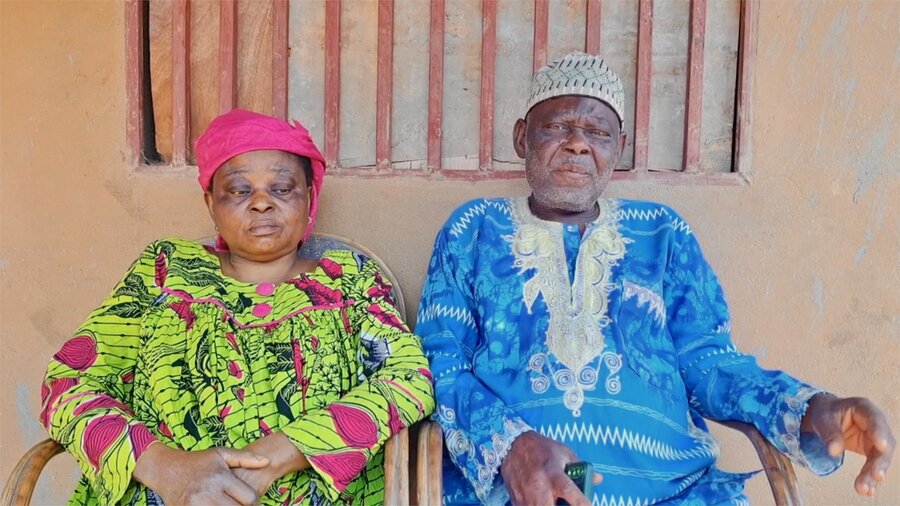
“We are very grateful for the support the World Food Programme has given us,” says the father of seven, who raises pigs, chickens and has a small garden to help tide the family by.
Along with an urgent uptick in humanitarian financing, breaking the cycle of emergency needs is equally important - and key success stories exist in the region.
Where longer-term funding exists, WFP is working with governments and partners to build more sustainable futures. In Mauritania, WFP supports farmers like Khada Ahmed Val to stabilize dunes and restore degraded soil by planting resistant crops, establishing stone barriers against wind-blown sand and through techniques like half-moons that capture all-important rainwater.
“Before we’d see our crops buried by the wind and sand,” says Val. Now, she says, “we have managed to boost our harvests and raise our livestock.”
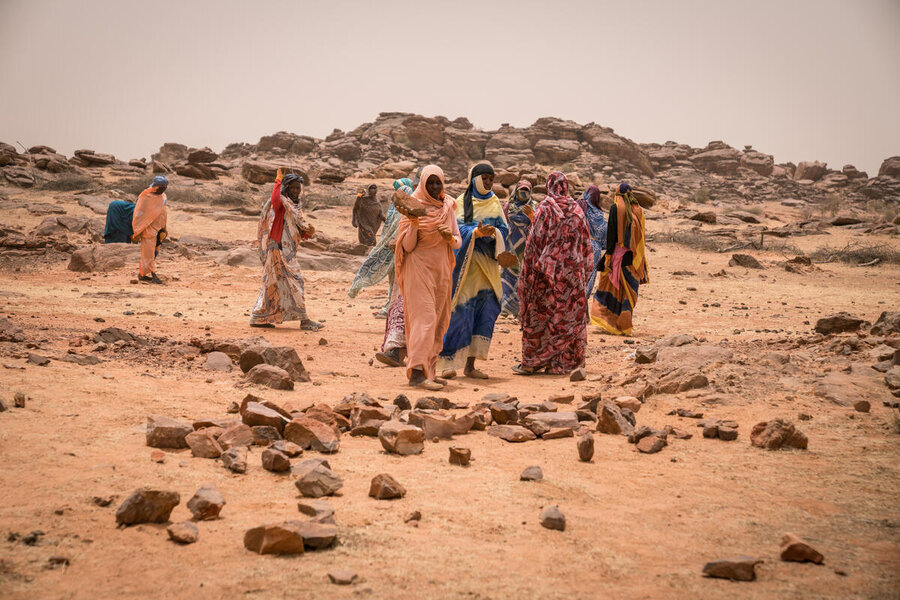
“Things are beginning to change,” says Boubou Ba, who works on resilience programmes for WFP Mauritania,
In Niger’s western Tillabery Region, WFP is working with authorities on a multi-pronged effort to strengthen resilience and food security among local farmers and displaced populations through a raft of programs, from building boreholes and irrigation ponds, to establishing market gardens and supporting school meals for young pupils.
Findings show these WFP-supported resilience projects across five Sahel countries have restored hundreds of thousands of hectares of degraded land and transformed the lives of millions of people.
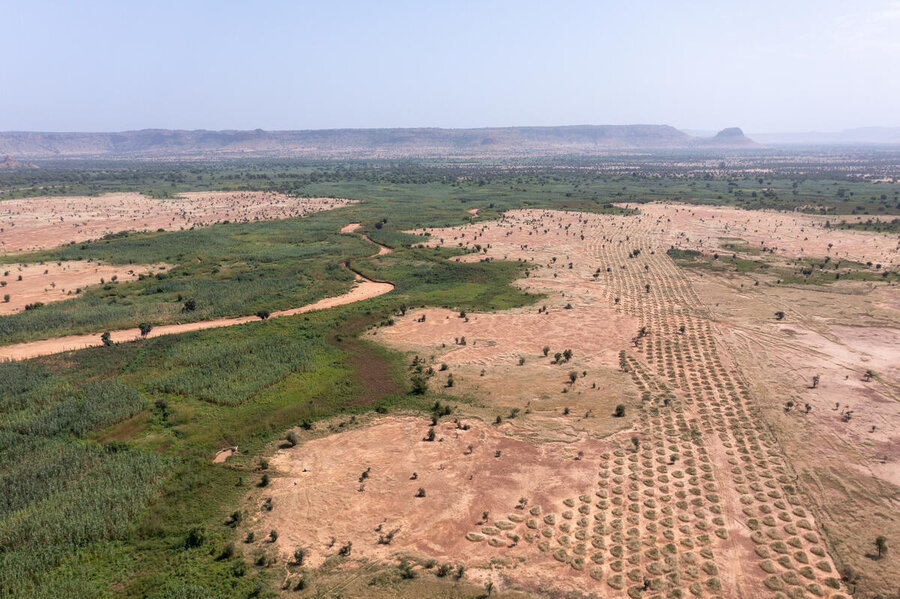
“If we are able to get the funding to work with communities, we can transform the ecosystems and increase social cohesion and livelihoods,” WFP’s van der Velden says. “And drastically diminish the need for humanitarian assistance.”
